In a world where eco-conscious choices shape everything from what we drive to how we landscape, real grass remains more relevant than ever. While artificial turf is often praised for its neat appearance and low-maintenance appeal, that convenience can come at a hidden environmental cost.
For homeowners, natural grass is more than a backdrop — it’s a living system that cools the air and filters rainwater both above and below the soil. From suburban backyards in Ohio to sun-soaked lawns in Arizona, healthy turfgrass anchors local ecosystems and helps keep communities cooler and more comfortable.
Unlike natural turfgrass, artificial turf can reach dangerously high temperatures, posing risks for athletes, children, the elderly and pets. Temperatures can often be 40 - 70°F hotter under the same sunlight conditions, while natural grass significantly cools the ambient air temperature. In fact, eight average-sized front lawns combined have the same cooling effect as 70 tons of air conditioning, making natural grass a better choice to cool urban environments.
In addition, natural grass absorbs carbon dioxide, supports healthy soils and is rich with many beneficial organisms including earthworms. Synthetic turf lacks ecological value and continuously sheds microplastics into the environment, and when periodical replacement is required, ends up in landfills.


 Branch Finder
Branch Finder





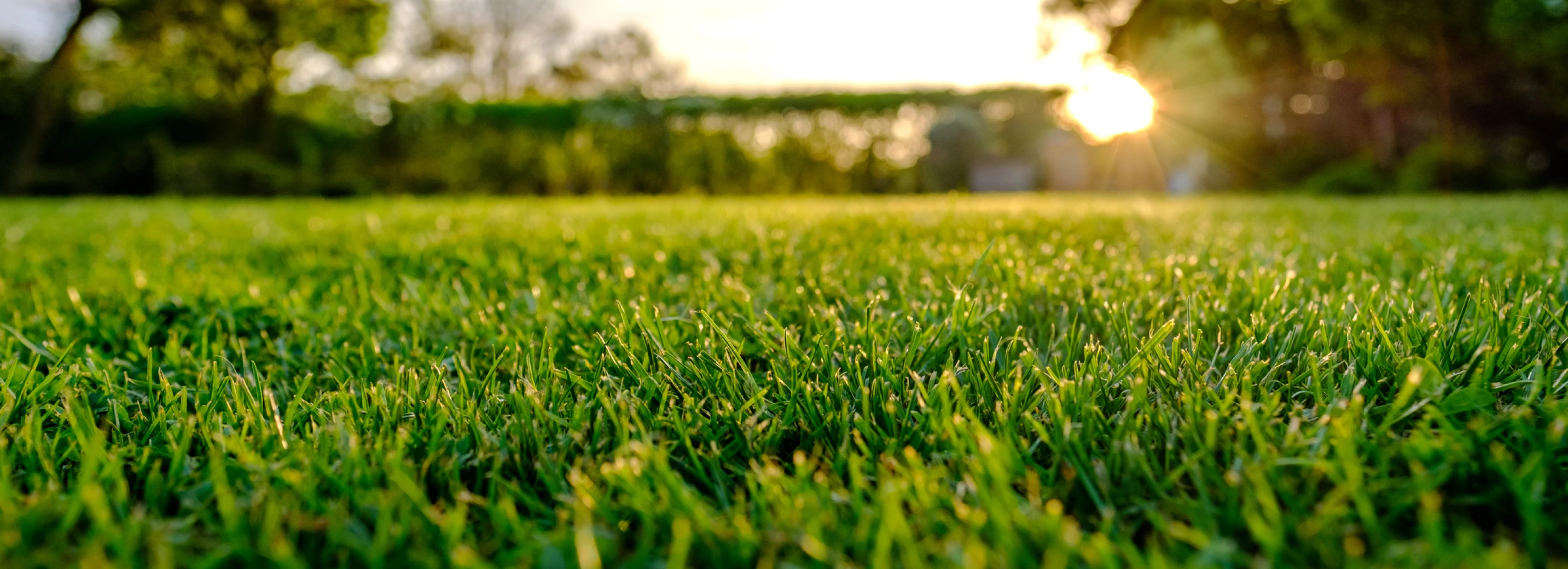




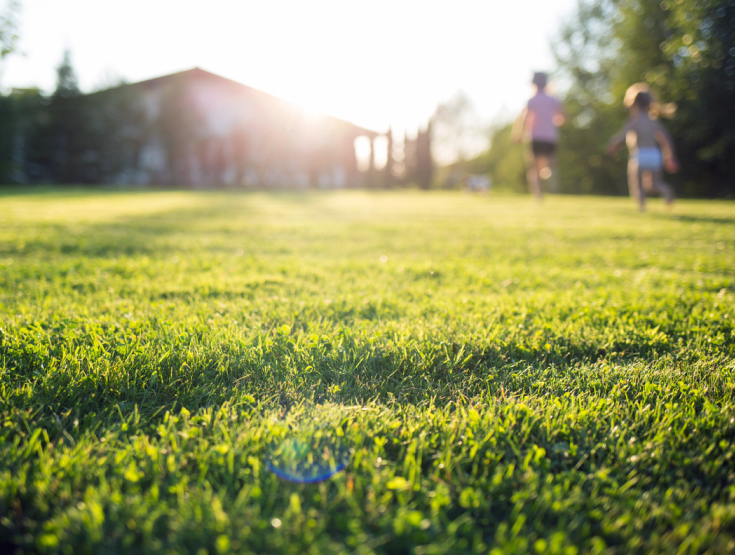
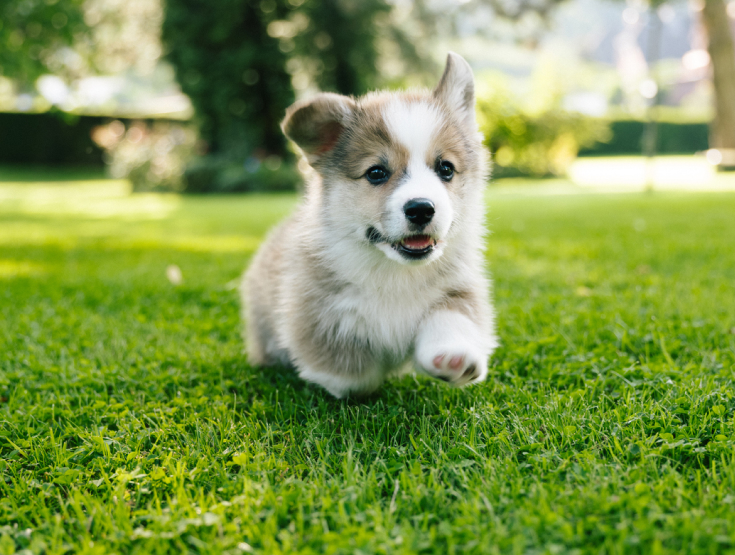
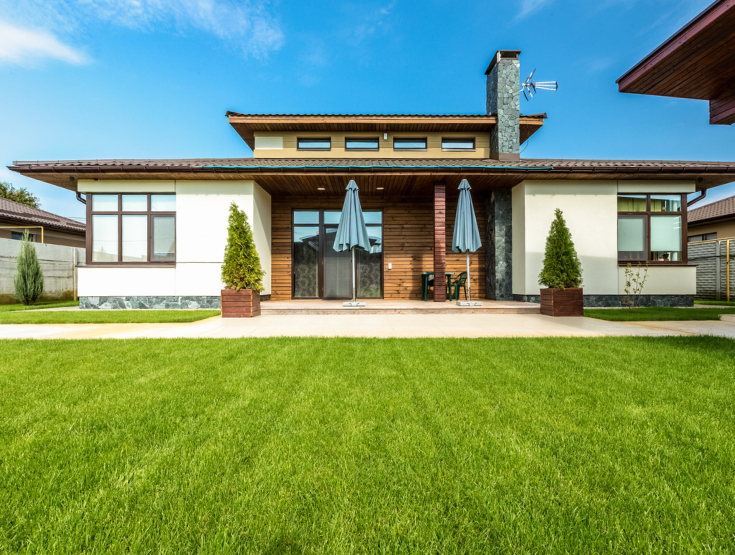
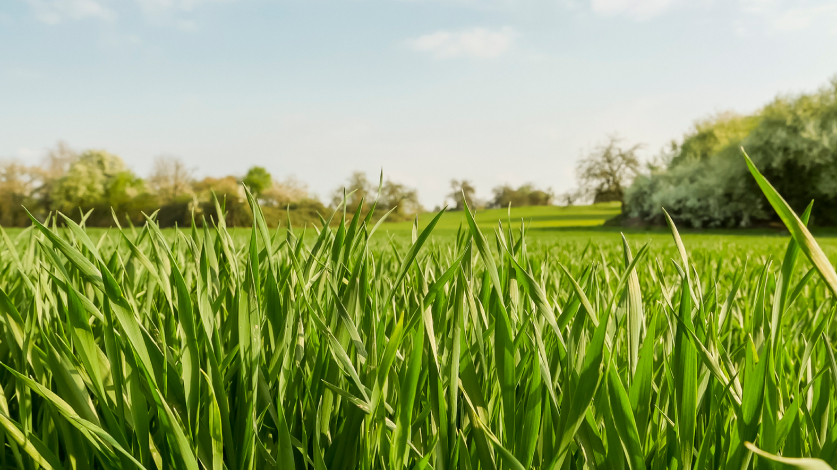

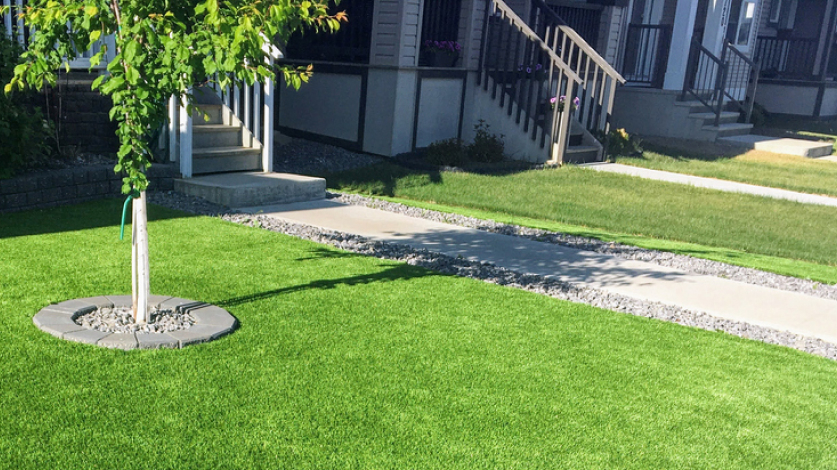
 Back to all blogs
Back to all blogs

Facebook
X
Youtube
Copy Link
Email